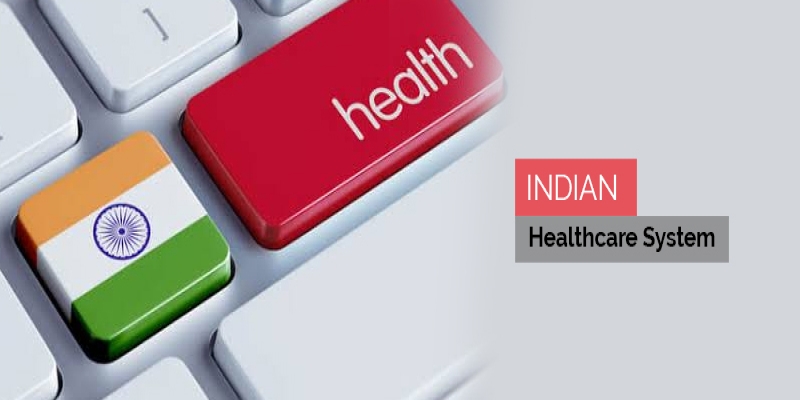Overview About India's Healthcare System
2020-01-08 / RG STONE HOSPITAL / Indian Health Care System

India has changed; rather changed for better in many aspects like Lifestyle, Tourism, Food, Culture, & Healthcare. The healthcare sector has undergone a change from an unorganized to an organized structure & more so towards corporatization.
The healthcare system of any country contributes to the well being of its residents. Health is the prime concern for all individuals of all ages. The healthcare system of India has seen a paradigm shift in the last few decades.
Today, there are diagnostic centers, nursing homes, hospitals, health clubs, health centers, dispensaries, 24-hour pharmacies, blood banks, and what not!
The Indian healthcare system has achieved significant achievements. The modalities of treatment of various diseases have also improved remarkably. The medical technologies are evolving at a very fast pace.
Hospitals contribute 34% of the revenue followed by diagnostics and pharmacy globally.
India’s potential for medical tourism is high. India has a share of 2% of global health tourism. During the 1990s, the Indian healthcare industry grew at a 16% annual rate. In India, hospitals contribute 68% to the healthcare sector followed by pharmacy and medical equipment. Diagnostics (3%), pharmacy (2%), medical insurance (2%) and healthcare IT (0.2%) are amongst others.
By 2020, the Indian healthcare sector is projected to grow to nearly US$280 billion. The Indian healthcare industry is expected to cross the United States by 2050. It is high time when India needs to realize the significance of healthcare as an economic development opportunity at both state and national levels.
Healthcare is one of India’s largest sectors, both in terms of revenue & employment generation. The workforce in the healthcare industry is expected to near 7.5 million by 2022.
Government policies have resulted in aggregate foreign investments into Indian hospitals, more so that India is variously identified as one of the most attractive long-term investment locations.
Large corporate plan to invest in single-specialty hospitals, given that technology will play a much larger role in day-to-day interactions in healthcare.
Corporate hospitals and multinationals in the healthcare industry are one of the most promising emerging trends.
India spends around 4.2 percent of its GDP on healthcare with just 1 percent being contributed by the public sector. Indian Government needs to grant and support the hospital sector in various segments such as infrastructure status including land benefits & tax redemptions so as to make quality healthcare in reach of the middle-class segment as well.
Such segments take the treatment cost up, which then becomes out of reach for a common man’s pocket. These exempts will help sector receiving investments and also bring down the cost of healthcare delivery.
If appropriate investments are made in healthcare deliveries and education sectors by the government, these sectors are expected to further increase the employment rate.
The government must run certain beneficial health schemes for the general public too. Such schemes are currently available only for the State employees & people below the poverty line (BPL). There must be an aid for all levels of society.
The public should get their health insured, so as to be able to get good treatment. Health insurance usage in India is very less. It is estimated that only 5% of Indians are covered under any form of health insurance.
Indian Medical Association and the health ministry have recently submitted recommendations to ensure that primary healthcare in rural areas is formidable and viable. Preventive healthcare should increase in the future, thereby reducing the need for hospitalization. There is also a growing need for improved healthcare infrastructure in tier II and III cities.
Mobile applications have also changed the scenario of the Indian healthcare management system. The health and fitness mobile app market was US$5 billion in 2014, and by 2020, it is poised to grow to US$30 billion.
Females comprise 62% of the users of fitness apps and wearable devices. The market size of mobile healthcare in India is projected to reach Rs. 4000 crores by 2020.
By RG Hospital - India's Largest chain of Urology & Kidney Stone Hospital
Categories
Hernia Repair
Appendicitis
Piles
Urological Treatment
Hernia treatment
Enlarged Prostate (BPH)
Gall Bladder Stone
Urinary / Kidney Stone
Vitamins
Indian Health Care System
Exercise
Obesity
Female Urinary Incontinence
Single Incision Laparoscopic Surgery (SILS)
Kidney Cancer
Bladder Cancer
Ovarian cancer
Nephrology
Bariatric Surgery
Kidney Function Test
Female Urology
Radiation Therapy

